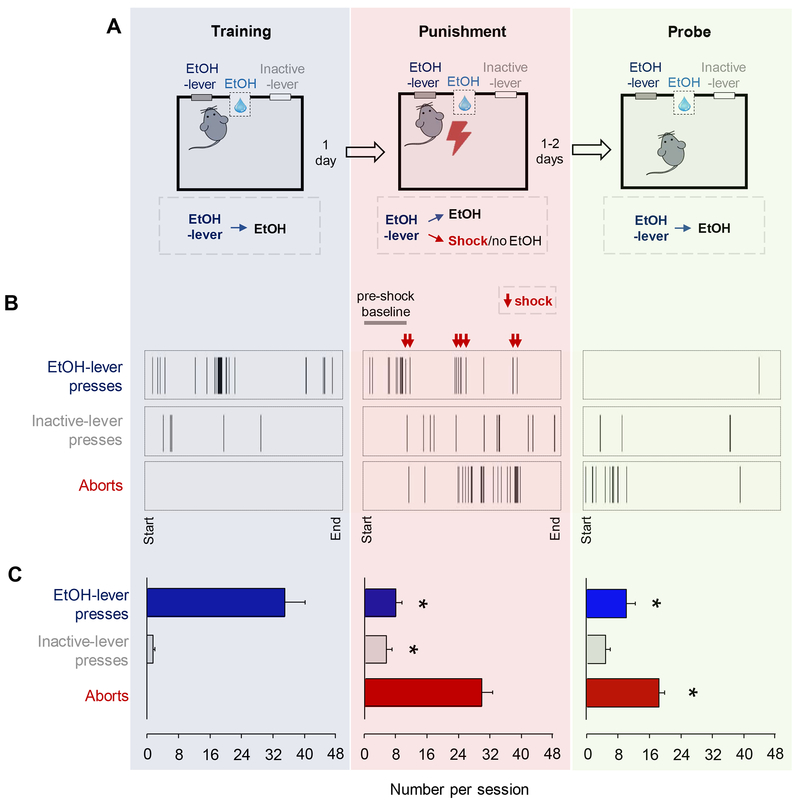Figure 1: Punished-suppression of EtOH self-administration.
(A) Mice were first trained to reliably press 1 of 2 levers for EtOH reward. Following training, there was a punishment session in which, after the first 10 rewarded/unpunished presses (=pre-punishment baseline), presses alternatingly produced either EtOH-reward and no shock, or EtOH-reward and footshock. The day after punishment, there was a probe test in which all presses were rewarded, without shock (i.e., same procedure as during training). (B) Example behavioral raster plots showing patterns of EtOH-lever presses, inactive-lever presses and aborts during the last session of training, punishment session (including the pre-shock baseline period) and probe test. (C) The average rate of EtOH-lever presses was significantly lower on the punishment session and probe tests, relative to the pre-punish baseline of the punishment session (repeated measures ANOVA: F(2,40)=29.00, P<0.001, followed by post hoc tests). The rate of inactive-lever presses was slightly but significantly elevated on the punishment session, but not probe tests, relative to pre-punishment baseline (repeated measures ANOVA: F(2,38)=3.31, P=0.047, followed by post hoc tests). Aborts were evident on the punishment session and were maintained, at a significantly lower rate, during the probe tests (paired t-test: t(19)=4.83, P<0.001). For corresponding head-entry rates, see Figure S1. Data in panel C are means ± SEM from n=19-20 mice. *P<.05 versus pre-punishment baseline or, in the case of aborts, versus punishment.

